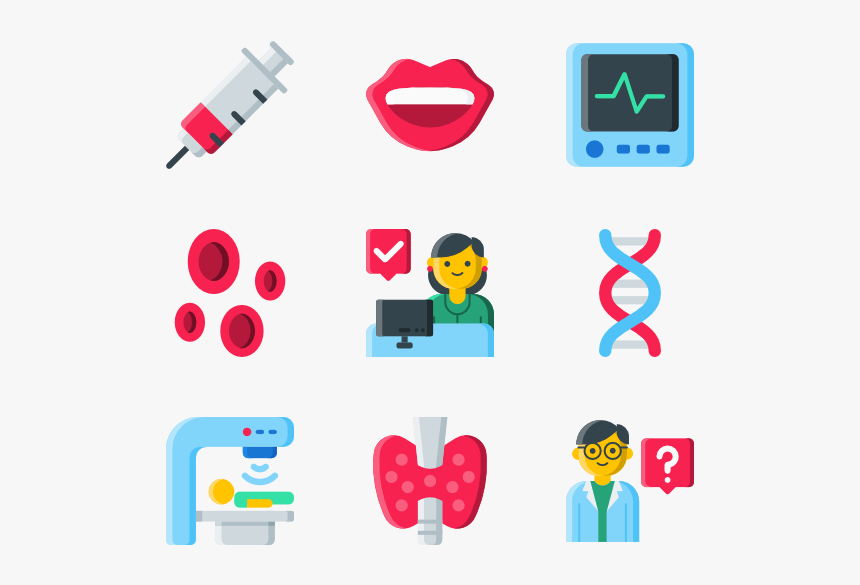Parenting in the Digital Age: Setting Digital Boundaries
📱 In today's modern world, it's no secret that technology plays a huge role in our lives. From smartphones to tablets, our society is becoming increasingly dependent on digital devices. As parents, it can be a challenge to navigate the digital age and set appropriate boundaries for our children. That's why I, AckySHINE, am here to provide some professional advice on parenting in the digital age and how to effectively set digital boundaries.
🕹️ Point 1: Start Early and Set Clear Rules As AckySHINE, I recommend starting the conversation about digital boundaries early on. Begin by setting clear rules regarding screen time and what is appropriate content for your children to engage with. By establishing these boundaries from the start, you are laying a foundation for responsible digital use.
🌐 Point 2: Educate Yourself As parents, it is crucial to educate ourselves about the latest digital trends and platforms. Familiarize yourself with popular apps, social media networks, and games that your children may be interested in. This will allow you to have informed conversations and make well-informed decisions about your child's digital activities.
🔒 Point 3: Use Parental Controls Utilize the parental control features available on devices and apps to restrict access to inappropriate content. These controls often allow you to set time limits, block certain websites or apps, and monitor your child's online activity. These measures can provide an extra layer of protection and peace of mind.
📚 Point 4: Encourage Offline Activities As AckySHINE, I encourage parents to promote offline activities and hobbies to balance out their child's screen time. Encourage them to engage in physical activities, read books, or pursue creative outlets. By providing alternative options, you are helping your child develop a healthy relationship with technology.
💬 Point 5: Open Communication Establish open lines of communication with your child about their digital experiences. Encourage them to share any concerns or issues they may encounter while using technology. This will help foster a trusting relationship and encourage responsible digital behavior.
🔍 Point 6: Monitor Online Interactions Regularly monitor your child's online interactions, especially when they are younger. Keep an eye on their social media accounts and review their friends list. Teach them about online safety, such as not sharing personal information with strangers or accepting friend requests from unknown individuals.
🚫 Point 7: Forbid Phone Usage at Certain Times Set specific times when phone usage is not allowed, such as during meals or before bedtime. This will help your child develop healthy habits and prevent excessive screen time that can interfere with their sleep or social interactions.
🔔 Point 8: Lead by Example As AckySHINE, I believe that leading by example is key to teaching your child responsible digital behavior. Be mindful of your own screen time habits and demonstrate healthy usage patterns. If you are constantly glued to your phone, your child may perceive that as acceptable behavior.
🤝 Point 9: Establish Trust Build a foundation of trust with your child when it comes to digital boundaries. Let them know that you trust them to make responsible choices and follow the rules you have set. This will encourage them to come to you if they encounter any issues or have questions about their online experiences.
🔧 Point 10: Address Cyberbullying Discuss the topic of cyberbullying with your child and teach them how to handle such situations. Encourage them to come to you if they are being harassed online and assure them that you will support and protect them. Provide them with strategies to deal with cyberbullying, such as blocking or reporting the offender.
🔐 Point 11: Create a Device-Free Zone Designate certain areas in your home as device-free zones, such as the dinner table or the bedroom. This will promote face-to-face interactions and ensure that technology does not interfere with family time or sleep.
🔊 Point 12: Encourage Healthy Screen Time Activities Guide your child towards engaging in constructive and educational activities online. Encourage them to explore educational apps, watch informative videos, or participate in online courses that align with their interests. This will help them develop valuable digital skills while still enjoying screen time.
📱 Point 13: Be Open to Learn from Your Child Acknowledge that your child may have knowledge and skills in the digital world that surpass your own. Be open to learning from them and allow them to teach you about new technologies or platforms. This will not only strengthen your bond but also show them that you value their expertise.
⏰ Point 14: Adapt as Technology Evolves As AckySHINE, I advise parents to adapt their digital boundaries as technology evolves. Stay informed about the latest trends and platforms to ensure that your rules and guidelines remain relevant and effective. What may have been appropriate a few years ago may not be suitable in today's digital landscape.
❓ Point 15: Seek Professional Guidance if Needed If you find it challenging to set digital boundaries or if your child is struggling with their digital habits, don't hesitate to seek professional guidance. There are experts and therapists who specialize in digital parenting and can provide personalized advice and strategies.
In conclusion, parenting in the digital age involves setting clear rules, monitoring your child's online activities, and fostering open communication. It's important to strike a balance between embracing technology and setting boundaries to ensure your child's safety and well-being. By following these tips and staying involved in your child's digital journey, you can help them navigate the digital world responsibly and develop healthy habits for a successful future. So, what are your thoughts on setting digital boundaries for children? I would love to hear your opinion!



